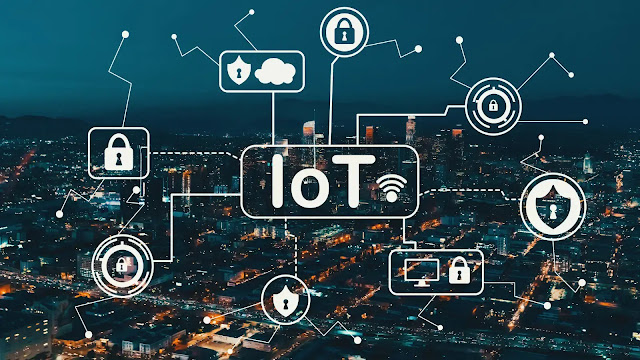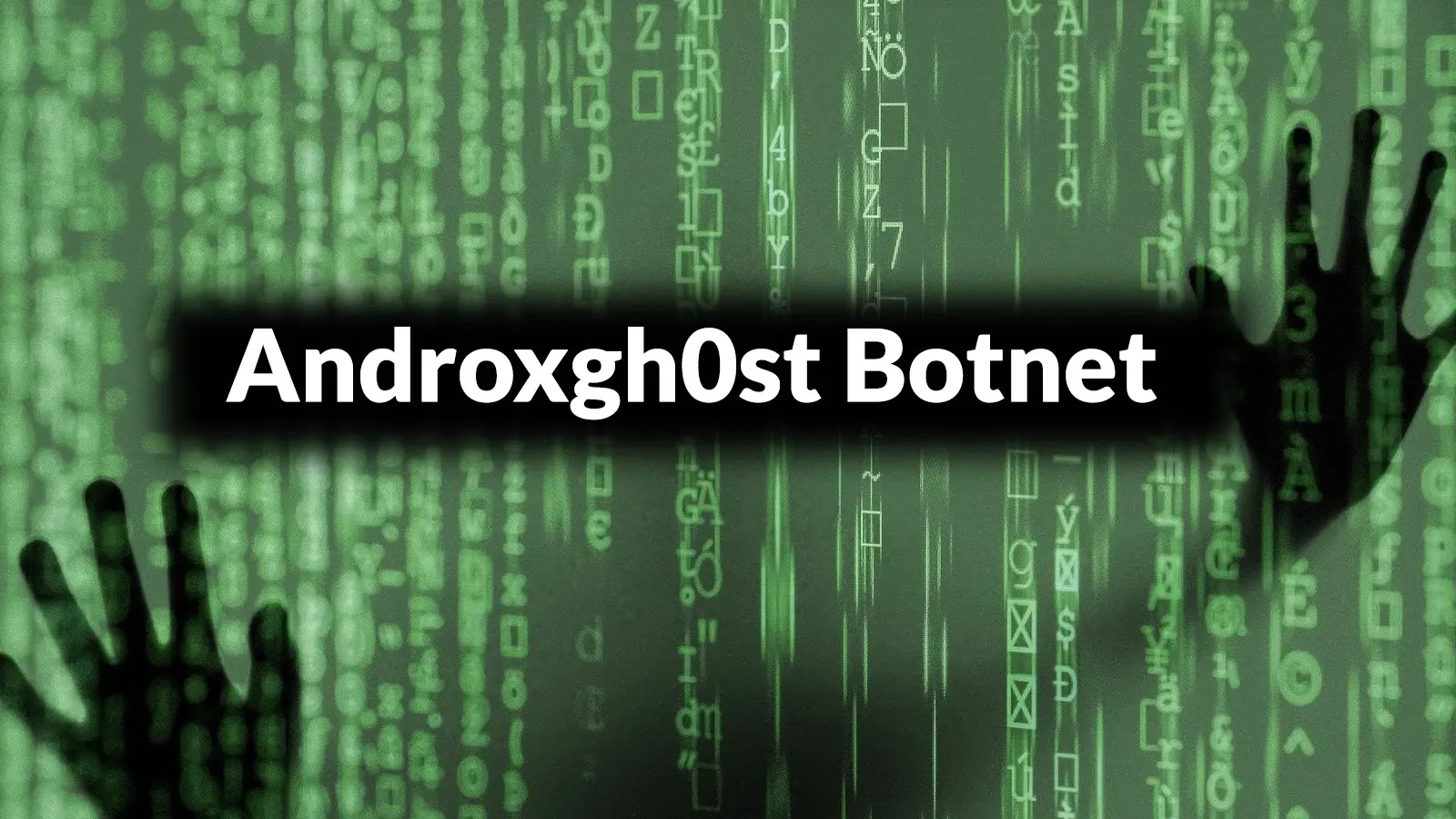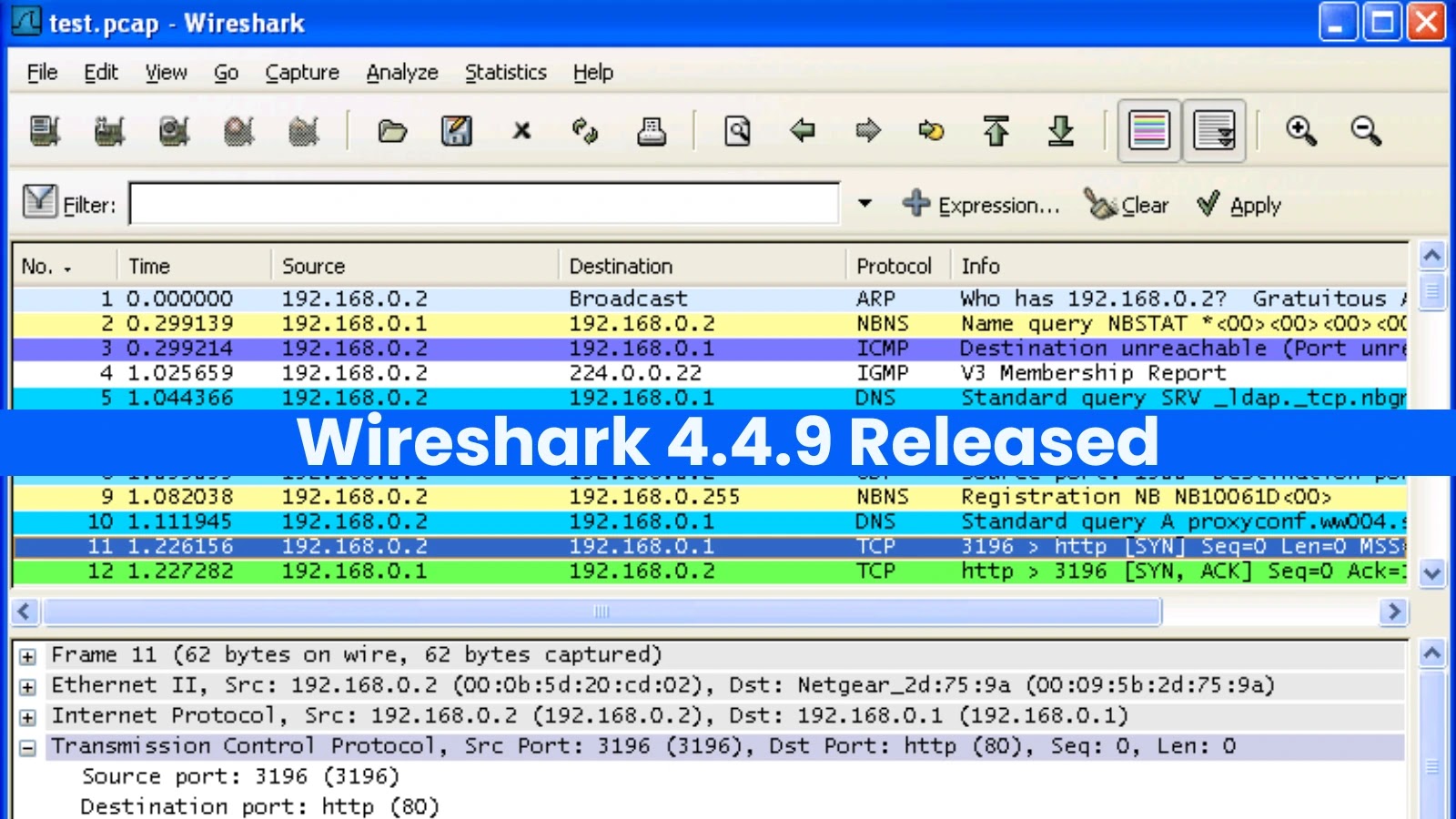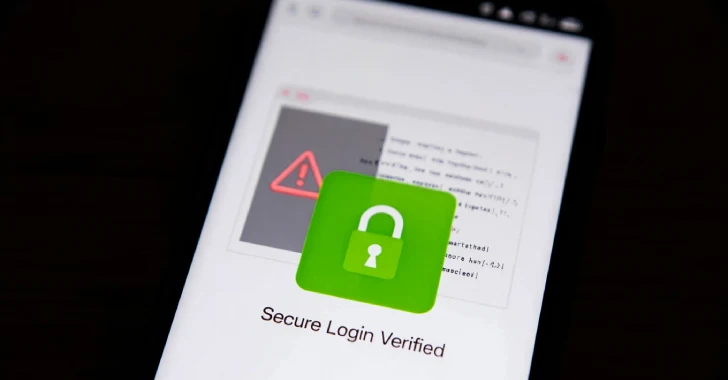The Internet of Things (IoT) has revolutionized organizational operations, offering unprecedented efficiencies and insights across various industries. From healthcare to manufacturing, billions of connected devices now collect and transmit vast amounts of data in real time. However, this surge in connectivity introduces significant security challenges. For Chief Information Security Officers (CISOs), safeguarding IoT environments is particularly complex due to the unique characteristics of these devices.
Understanding the IoT Attack Surface
IoT devices differ markedly from traditional IT assets. Many are designed with minimal security features, prioritizing cost and functionality over robust protection. They often run proprietary operating systems, lack standardized patching mechanisms, and may be deployed in remote or physically exposed locations. This creates a vast and dynamic attack surface that adversaries can exploit.
Attackers target IoT devices for various reasons: to gain network access, launch distributed denial-of-service (DDoS) attacks, exfiltrate sensitive data, or manipulate physical processes in industrial settings. A single vulnerable device—such as an unpatched smart thermostat or a compromised surveillance camera—can serve as an entry point for lateral movement across the network. The infamous Mirai botnet attack demonstrated how poorly secured IoT devices could be weaponized globally.
Furthermore, IoT deployments often involve a mix of legacy and next-generation devices, each with distinct security profiles and lifecycles. The challenge is compounded by the prevalence of “shadow IoT”—unauthorized devices connecting to corporate networks without IT teams’ knowledge or approval. For CISOs, gaining visibility into this sprawling ecosystem is the first step toward effective risk management. This requires continuous asset discovery, real-time monitoring, and integrating IoT security into broader enterprise risk frameworks. By understanding the full scope of the IoT attack surface, organizations can prioritize their defenses and allocate resources effectively.
Building a Resilient IoT Security Program
1. Comprehensive Asset Inventory: Establishing a complete and up-to-date inventory of all connected devices is foundational. Automated discovery tools can identify authorized and rogue devices, cataloging details such as device type, firmware version, network segment, and owner. This visibility enables risk-based prioritization and targeted remediation efforts.
2. Network Segmentation and Access Control: Segregating IoT devices from critical IT assets limits the potential impact of a breach. Implementing dedicated VLANs, firewalls, and micro-segmentation prevents lateral movement and contains threats within defined zones. Role-based access control (RBAC) ensures only authorized users and applications can interact with sensitive devices.
3. Encryption and Secure Communication: Data transmitted by IoT devices is often sensitive and must be protected in transit and at rest. Lightweight encryption protocols suitable for resource-constrained devices should be employed. Secure communication channels, such as VPNs or TLS, safeguard data integrity and confidentiality.
4. Regular Patching and Firmware Updates: Maintaining up-to-date firmware is critical to addressing known vulnerabilities. Establishing a robust patch management process, including testing and deployment strategies, ensures devices remain secure throughout their lifecycle. For devices lacking manufacturer support, compensating controls or device replacement may be necessary.
5. Strong Authentication Mechanisms: Implementing multi-factor authentication (MFA) and unique credentials for device access reduces the risk of unauthorized control. Avoid default passwords and ensure credential management aligns with organizational policies.
6. Continuous Monitoring and Anomaly Detection: Deploying security information and event management (SIEM) systems tailored for IoT environments enables real-time monitoring. Anomaly detection algorithms can identify deviations from normal device behavior, signaling potential compromises.
7. Incident Response Planning: Developing and regularly updating incident response plans specific to IoT scenarios ensures swift action during security events. Conducting tabletop exercises and simulations prepares teams for real-world incidents.
8. Vendor Risk Management: Assessing the security posture of IoT device vendors is crucial. Establishing security requirements in procurement processes and conducting regular audits ensures third-party devices meet organizational standards.
9. Employee Training and Awareness: Educating staff on IoT security best practices fosters a culture of security. Training programs should cover device management, recognizing suspicious activity, and reporting protocols.
10. Compliance and Regulatory Adherence: Staying informed about relevant regulations and industry standards guides the development of compliant IoT security policies. Regular audits and assessments ensure ongoing adherence.
Conclusion
Securing IoT devices requires a multifaceted approach that addresses the unique challenges these devices present. By implementing comprehensive asset inventories, robust network segmentation, strong authentication mechanisms, and continuous monitoring, organizations can significantly enhance their IoT security posture. Regular employee training and adherence to regulatory standards further bolster defenses. As IoT ecosystems continue to expand, proactive and adaptive security strategies will be essential in mitigating risks and safeguarding organizational assets.



